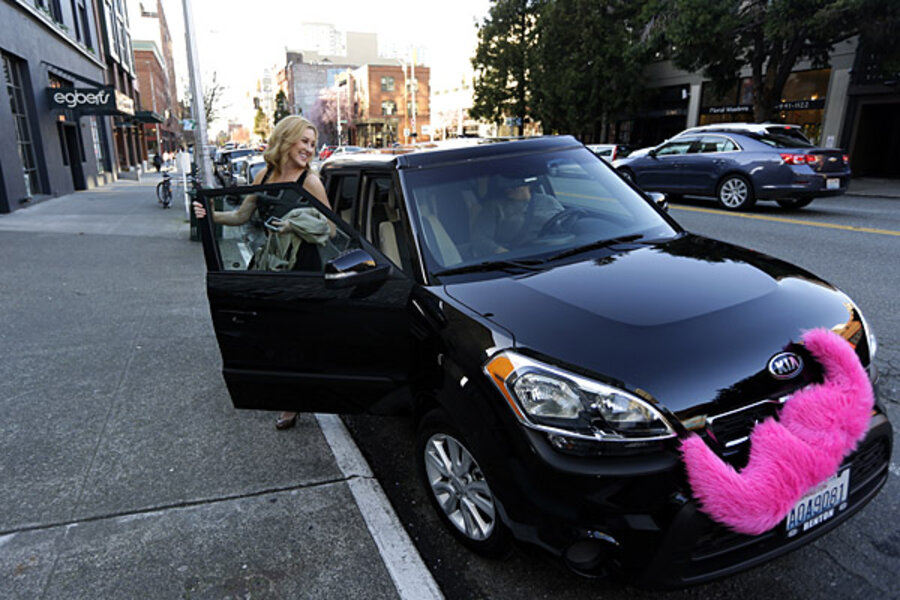Uber, Lyft beef up insurance for drivers. Is it enough protection?
Loading...
The way we travel is changing.
Planet Earth's automotive fleet has begun the long, slow process of shifting from fossil fuels to electricity. Simultaneously, the future of car ownership is in question, as vehicle-sharing programs like Zipcar take off. Ride-sharing companies like Uber and Lyft have popped up, too, disrupting the taxicab industry.
But as with any paradigm shift, there are gaps and growing pains. In the case of ride-sharing, those pains were made particularly evident during a tragic event in San Francisco on New Year's Eve.
That night, Syed Muzzafar struck and killed a six-year-old girl with his vehicle. If he'd been behind the wheel of an ordinary taxicab, the situation would've been terrible enough, but at least the question of insurance and liability would've been easily resolved.
But Muzzafar wasn't driving an ordinary cab, he was working for Uber, and he was between fares. According to Uber's policy at the time, he wasn't covered by the company's insurance policy, which only covers drivers who've accepted fares. That's caused a major dust-up in San Francisco and given Uber-haters more ammunition for their argument that ride-sharing services should either be regulated like cabs or outlawed altogether.
Now, Uber and its competitor, Lyft, have announced expansions to their policies that will eliminate the "insurance gap". In a blog post, Uber says:
"[I]n order to fully address any ambiguity or uncertainty around insurance coverage for ridesharing services, Uber is becoming the first and only company to have a policy in place that expands the insurance of ridesharing drivers to cover any potential “insurance gap” for accidents that occur while drivers are not providing transportation service for hire but are logged onto the Uber network and available to accept a ride."
Uber might be the first company to implement such a policy, but it's not first to make the announcement. The day before Uber posted its statement, Lyft said that it would "soon" upgrade its insurance policy to cover any drivers who had the Lyft app open but had no rides queued up.
In both cases, the augmented insurance policy is "contingent liability coverage" designed to supplement the driver's personal policy, which covers her and her vehicle when the apps aren't open. Lyft hasn't issued details about that coverage, but Uber says that its amended policy includes "$50,000/individual/incident for bodily injury, $100,000 total/incident for bodily injury and $25,000/incident for property damage".
OUR TAKE
Companies like Uber and Lyft evoke strong reactions from fans and foes alike. Fans like the DIY approach to ride-sharing (and money-making). Foes claim that ride-sharing companies offer essentially the same service as a conventional taxi without obligating drivers to go through the same vehicle safety checks and pay the same licensing fees.
Both sides make good arguments, but at this point in time, the fans seem to be winning. At the very least, we know that the idea of ad hoc ride-sharing networks is out there, the genie is out of the bottle, and there's likely no forcing it back inside.
Over time, ride-sharing may pan out to be a momentary trend, a flash in the pan, but for now, it's a thing. We can attempt to outlaw it, but chances are, it'll continue popping up in ways that skirt the letter of the law. The smarter course would be for the two sides to find some middle-ground that makes services like Uber and Lyft safer and fairer for the public.







